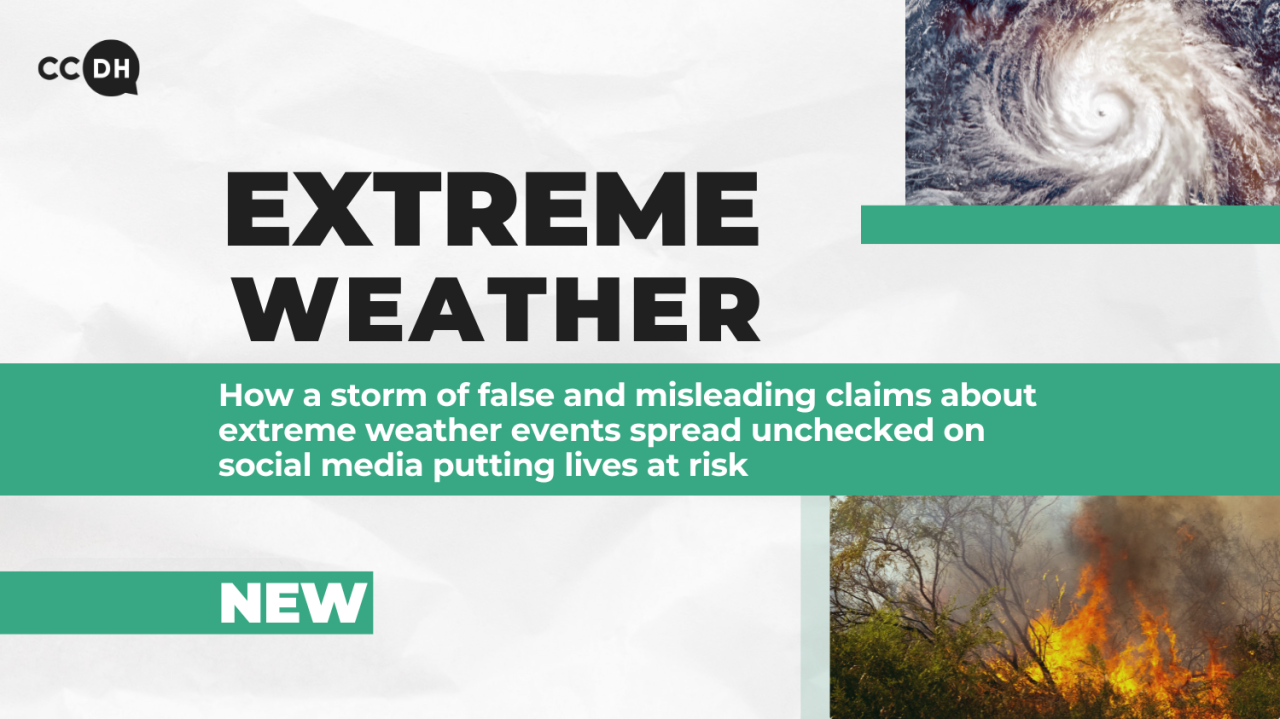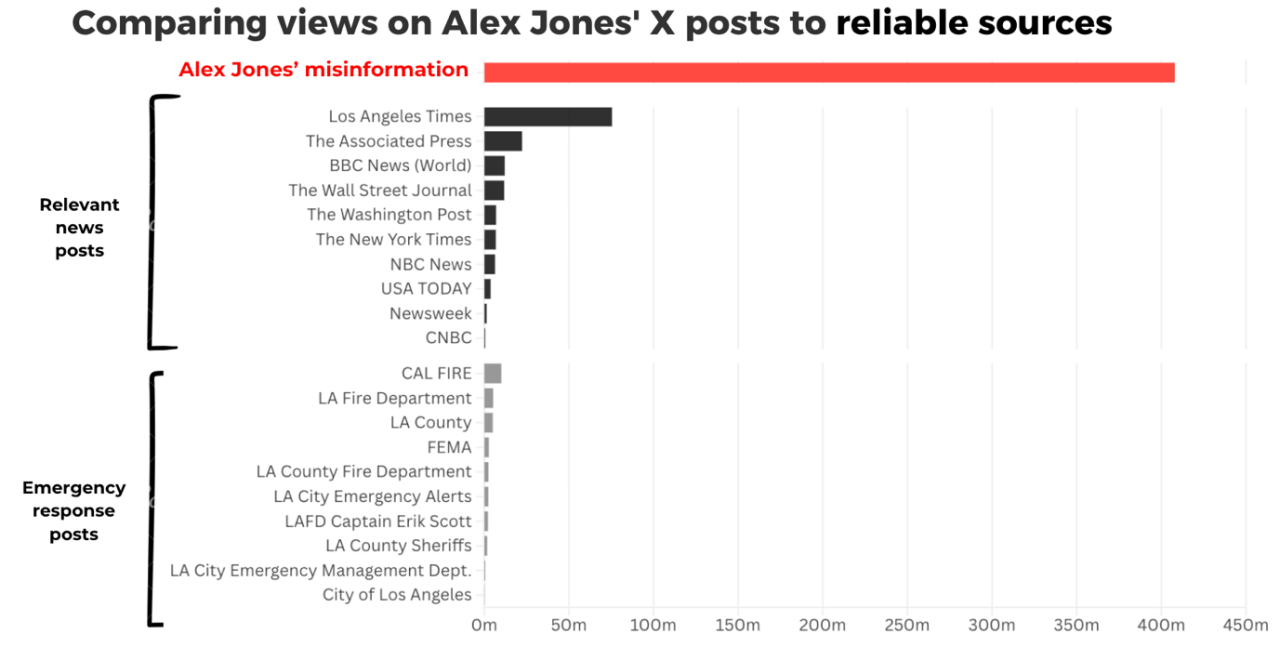Social Media Misinformation Putting Risk on Public Safety During Climate Disasters, Says Study

Washington, D.C. —The new findings from the Center for Countering Digital Hate (CCDH) have sparked renewed concern over how social media platforms like Meta, X, and YouTube are fueling climate misinformation during extreme weather emergencies.
The CCDH’s latest report outlines a disturbing pattern: during catastrophes such as the Texas floods, the LA wildfires, and Hurricanes Helene and Milton, misinformation and conspiracy theories spread faster and wider than critical safety updates from emergency responders. The report accuses major platforms of not only enabling false claims but profiting from their rapid spread — jeopardizing public safety, derailing emergency operations, and undermining trust in disaster relief systems.
“While families mourned and first responders combed through wreckage after climate disasters in Texas and California, social media companies shamelessly exploited these catastrophes for profit,” said Imran Ahmed, CEO of CCDH. The rapid spread of climate conspiracies online isn’t accidental, it’s baked into a business model that profits from outrage and division.”
The report found that Meta (which includes Facebook and Instagram), X (formerly Twitter), and YouTube failed almost entirely to apply fact-checks or transparency tools on posts spreading climate-related falsehoods. Out of 300 high-performing posts across the platforms, 98% of Meta’s, 99% of X’s, and 100% of YouTube’s posts contained no visible fact-checking or warning labels — despite clearly violating platform misinformation policies.
Among the most alarming revelations is the dominance of verified accounts in spreading harmful content. Researchers found that 88% of misleading posts on X, 73% on YouTube, and 64% on Meta originated from verified users — individuals whose visibility and monetization capabilities are amplified by the platforms themselves.

False claims — such as allegations that the wildfires were triggered by “government lasers” or that hurricanes were the result of “geo-engineered weather weapons” — rapidly outpaced accurate updates. Misleading narratives also sowed division, with false posts suggesting that migrants were prioritized for aid or that the Biden administration had withheld assistance. In a particularly troubling incident, a man influenced by these online deceptions was arrested after threatening FEMA workers at a disaster relief site.
“It is appalling that see how the climate science deniers and conspiracy theorists catalogued in DeSmog’s database are manipulating extreme weather events to disseminate their fact-free fallacies, ” said Sam Bright, deputy editor at DeSmog. “As extreme weather events become more and more frequent, these falsehoods will only get more dangerous.”
The report is based on the analysis of 300 viral posts between April 2023 and April 2025, identified using CCDH’s new Online Deniers Dataset. This tool tracked content from known climate change deniers across platforms, particularly during major weather events. All analyzed posts were independently verified to contain false or misleading information and had collectively garnered over 221 million views.
